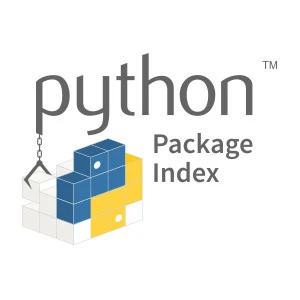**Breaking News: GitCloakD Added to PyPI**
In a significant development for the open-source community, GitCloakD has been added to Python Package Index (PyPI), making it easier than ever to protect your code repositories with GPG encryption. This innovative tool allows you to cloak your Git repositories, hiding your code in plain sight while maintaining normal collaboration workflows.
**Why Encrypt Your Repositories?**
With the increasing threat of data breaches and intellectual property theft, protecting your codebases has never been more crucial. By using GitCloakD, you maintain control over your encryption keys, ensuring that neither GitHub nor your employer can access your sensitive information.
**Three Modes for Different Threat Models:**
1. **Selective Mode:** Encrypts only sensitive files (e.g., `.env`, `.key`, `.pem`) while keeping source code readable. Ideal for open-source projects with some secrets or normal collaboration. 2. **Dark Mode:** Packs the entire codebase into a single GPG blob, hiding everything from unauthorized users. This mode is perfect for private codebases where you want to conceal all code, but still maintain git history. 3. **Max Paranoia (Dark Mode):** Encrypts everything, including git history, commit messages, branch names, file structure, and even the real project name. The repo receives a random UUID, ensuring that no metadata is leaked.
**Setting Up Maximum Security with Dark Mode:**
When you need to hide everything, use Dark Mode to create an encrypted repository state. This mode is ideal for situations where maximum security is required, such as when working on sensitive projects or managing repositories with confidential information.
**Adding Team Members to Dark Mode:**
To control who can access your dark-mode repository, simply add team members using the GitCloakD interface. You can also use Git hooks and CI/CD pipelines to automate encryption processes.
**Using GitCloakD Programmatically:**
Integrate GitCloakD into your codebase by using its command-line interface or API. This allows you to encrypt specific files, test code before committing, and preserve git history while maintaining maximum security.
**Part of the SecKC Community:**
GitCloakD is a proud member of the SecKC (Kansas City Security) community, demonstrating its commitment to advancing security practices in the open-source world.
**Download GitCloakD Today:**
Visit PyPI to download the latest version of GitCloakD for your platform. Whether you're a seasoned developer or just starting out, this tool is an essential addition to any code repository protection strategy.
**Release History and Attestation Bundles:**
For more information on release history, attestation bundles, and installation instructions, please refer to the links provided below:
Attestation Bundles for gitcloakd-1.0.11.tar.gz and gitcloakd-1.0.11-py3-none-any.whl
